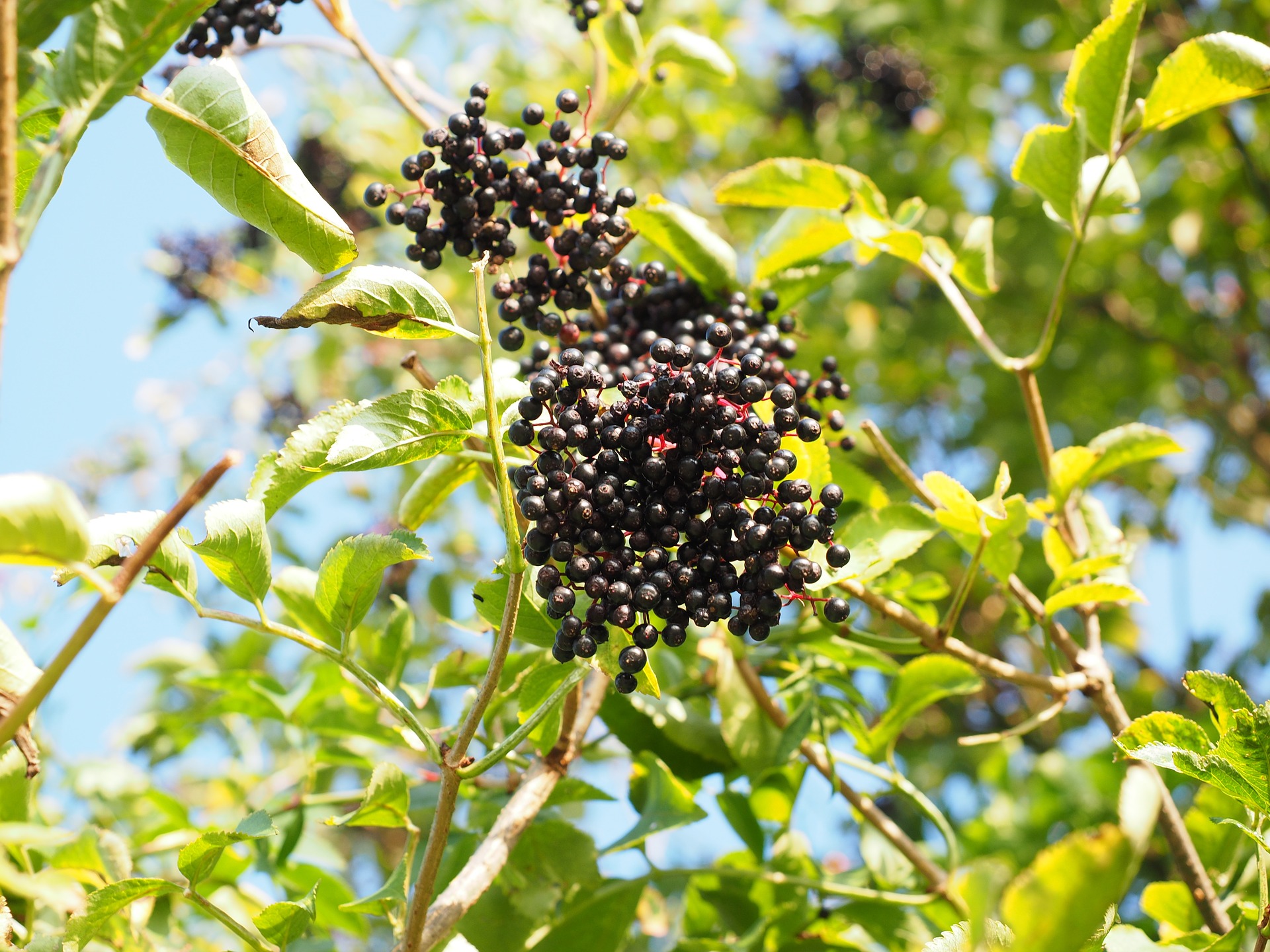
They don’t know it now, but at least a few elderberry bushes in Wisconsin are destined to spend the rest of their lives in Aroostook County.
When Cheryle Matowitz, owner of Presque Isle’s Bread of Life Bulk Food and Specialty Store, visits her hometown of Pittsville, Wisconsin this April, she’ll be digging up elderberry bushes to plant when she returns to Maine.
Elderberries are tart, sweet and rich in vitamin C, vitamin A and antioxidants, and they “grow wild all over Wisconsin,” said Matowitz. “They’re like a weed.”
Elderberries have long been used in cuisine and folk medicine in European, and families like Matowitz’s, from German-Norwegian heritage, brought the traditions to the U.S. more than a century ago.
“We’d make jam with them. A lot of people make wine with them. You can make syrup for coughs, because the elderberry helps loosen mucus and clean the bronchial system,” Matowitz said. “My great grandmother would harvest tons of elderberries, tie them on strings and hang them in the attic. When you were sick, she would go up and get a little.”
There are about a dozen elderberry species native to North America, including the common Sambucus canadensis, or American black elderberry, which blossoms early in the summer with small white flowers that later yield clusters of dark purple berries. (Some species can be mildly toxic to humans, but are distinguished with their red berries when ripe.) Elderberries grow less commonly in the Northeast, but others like Matowitz are starting to change that.
Matowitz currently sells dried elderberries at her store, which can be reconstituted and added to teas or eaten as a kind of tiny, crunchy, bitter-sweet raisin. The ripe elderberries are best cooked and mixed with other fruits, Matowitz said. “We always took the elderberries with pear or maybe a crab apple and mixed it together for a jelly. The dried ones can be added to a tea or honey.”







